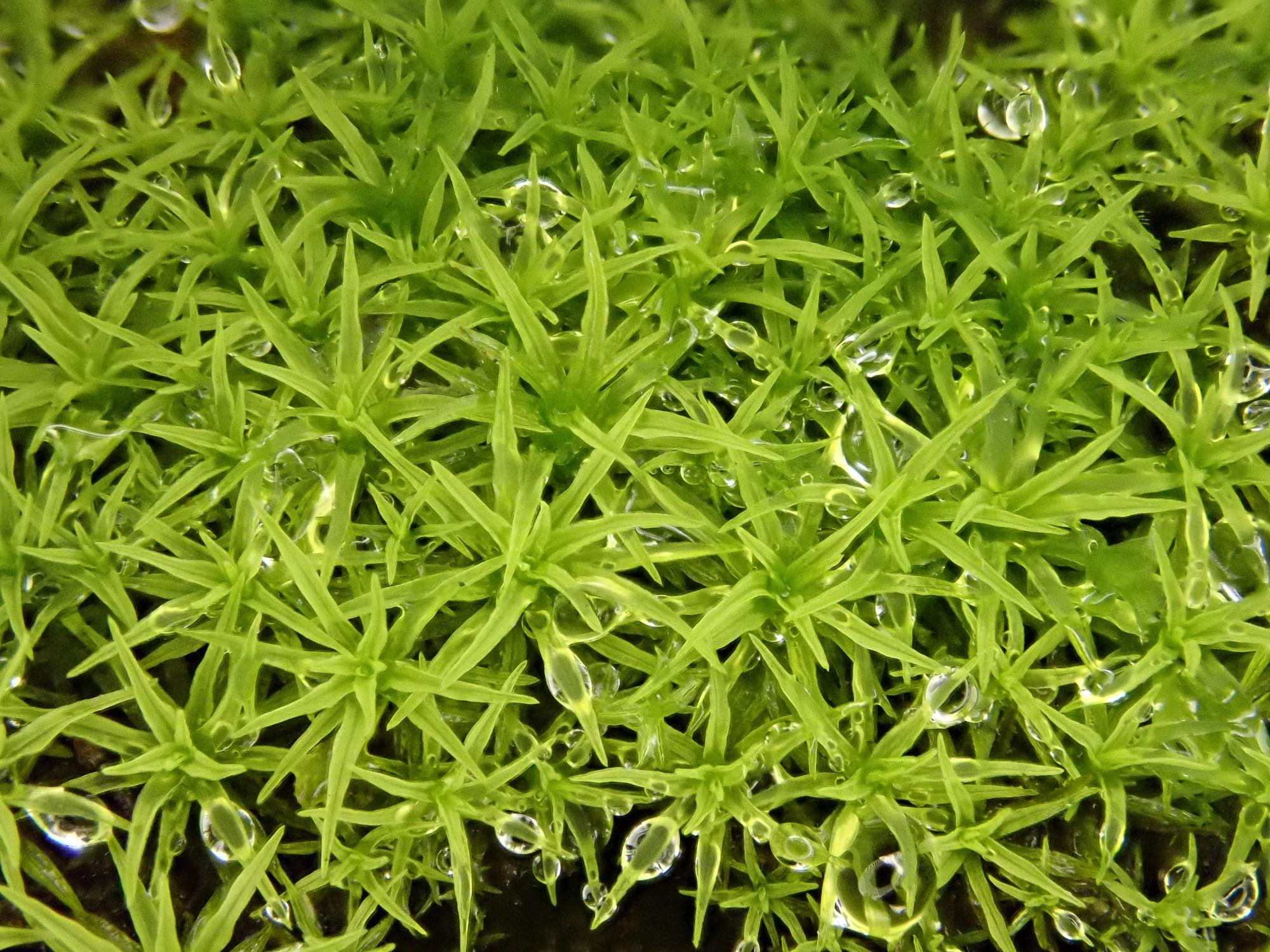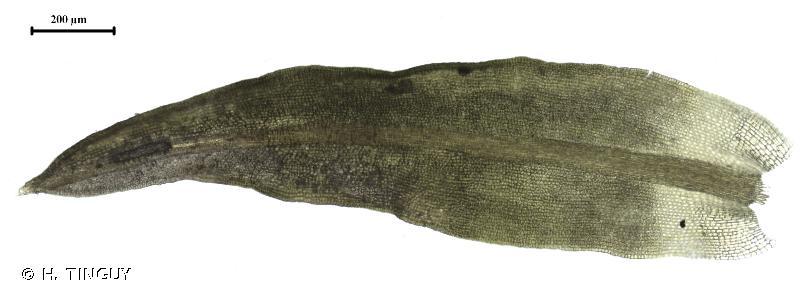
2021-11-07-15-11-13.jpg from: https://www.britishbryologicalsociety.org.uk/learning/species-finder/trichostomum-crispulum/
Introduction
In the vast and captivating world of bryophytes, one particular moss species stands out for its unique charm and resilience – the Trichostomum crispulum Bruch. Belonging to the Pottiaceae family, this unassuming yet remarkable plant has captured the hearts of moss enthusiasts worldwide. Let’s delve into the fascinating realm of this
531 from: https://biodiversite.cevennes-parcnational.fr/espece/5356
crispulum marvel and unravel its secrets.
Background
Before we dive into the specifics of Trichostomum crispulum Bruch, it’s essential to understand the broader context of bryophytes. These non-vascular plants, which include mosses, liverworts, and hornworts, are often overlooked but play a crucial role in various ecosystems. They are among the oldest land plants on Earth, dating back to the Paleozoic era, and have adapted to thrive in diverse environments.

343973.jpg from: https://inpn.mnhn.fr/espece/cd_nom/5356
Main Content
Morphology and Identification
Trichostomum crispulum Bruch is a small, acrocarpous moss that forms dense tufts or cushions. Its leaves are crisped when dry, giving it a distinctive appearance. The crispulum in its name refers to this curled or wavy leaf characteristic. The leaves are lanceolate to ovate-lanceolate in shape and have a distinct midrib that extends to the leaf apex.
One of the key identifying features of Trichostomum crispulum Bruch is its peristome, which consists of 16 slender, reddish-brown teeth that are spirally twisted when dry. This unique peristome structure aids in spore dispersal and is a valuable diagnostic trait for moss enthusiasts.
Global Distribution and Habitat
Trichostomum crispulum Bruch is widely distributed across various regions, including Europe, Asia, North America, and parts of Africa. It is a cosmopolitan species, meaning it can be found in diverse habitats worldwide. This moss thrives in a range of environments, from calcareous soils and rock crevices to disturbed areas like old walls, roofs, and even concrete surfaces.
Ecological Roles and Adaptations
Despite its diminutive size, Trichostomum crispulum Bruch plays a vital role in its ecosystems. It contributes to soil formation and nutrient cycling, acting as a pioneer species in colonizing bare or disturbed areas. Additionally, this moss serves as a microhabitat for various invertebrates and microorganisms, supporting biodiversity.
One of the remarkable adaptations of Trichostomum crispulum Bruch is its ability to withstand desiccation. During dry periods, the leaves curl inward, protecting the delicate inner tissues from excessive water loss. This trait, known as poikilohydry, allows the moss to survive in harsh environments and quickly rehydrate when moisture becomes available.
Case Studies/Examples
Trichostomum crispulum Bruch has been the subject of numerous scientific studies, shedding light on its ecological significance and resilience. For instance, researchers have investigated its role in urban environments, where it colonizes concrete surfaces and contributes to the biodiversity of cities. Additionally, this moss has been studied for its potential in biomonitoring air pollution, as it can accumulate heavy metals and other contaminants from the atmosphere.
Technical Table
| Characteristic | Description |
|---|---|
| Family | Pottiaceae |
| Genus | Trichostomum |
| Species | crispulum Bruch |
| Growth Form | Acrocarpous, forming dense tufts or cushions |
| Leaf Shape | Lanceolate to ovate-lanceolate, crisped when dry |
| Midrib | Distinct, extending to the leaf apex |
| Peristome | 16 slender, reddish-brown, spirally twisted teeth |
| Habitat | Calcareous soils, rock crevices, disturbed areas, old walls, roofs, concrete surfaces |
| Distribution | Cosmopolitan, found in Europe, Asia, North America, and parts of Africa |
| Ecological Role | Soil formation, nutrient cycling, pioneer species, microhabitat for invertebrates and microorganisms |
| Adaptation | Poikilohydry (ability to withstand desiccation) |
Conclusion
Trichostomum crispulum Bruch is a true marvel of the bryophyte world, showcasing remarkable adaptations and ecological significance. From its distinctive morphology to its resilience in harsh environments, this moss species continues to captivate enthusiasts and researchers alike. As we delve deeper into the intricate world of bryophytes, we are reminded of the incredible diversity and complexity that exists even in the smallest of organisms. Perhaps the next time you encounter a patch of Trichostomum crispulum Bruch, you’ll pause and appreciate the extraordinary journey of this unassuming yet remarkable moss.